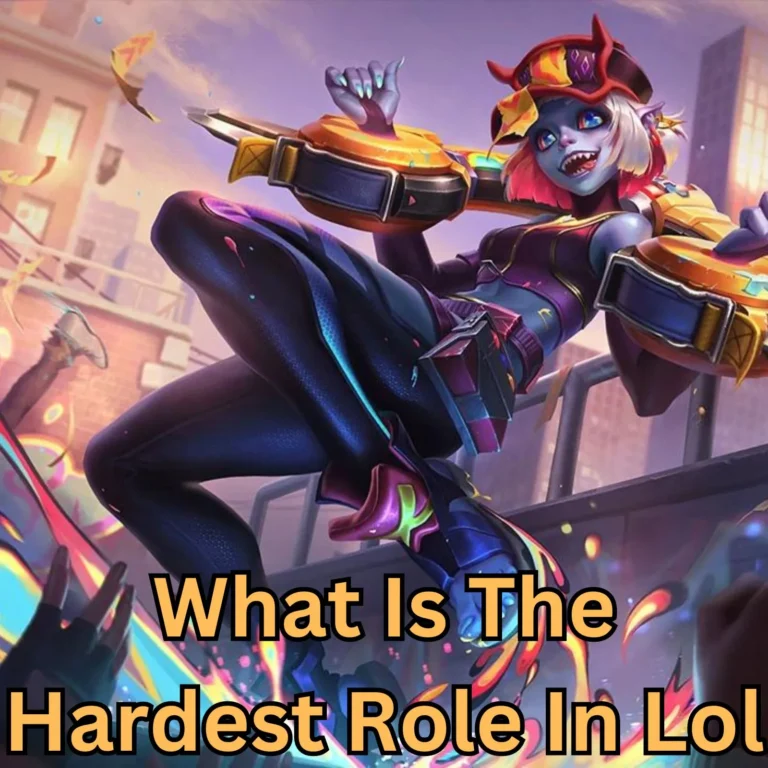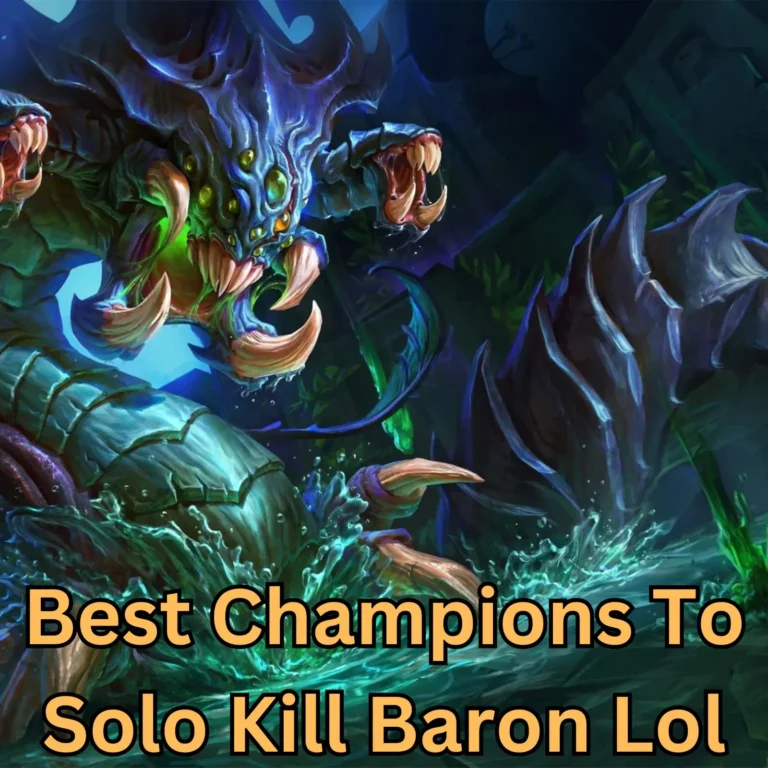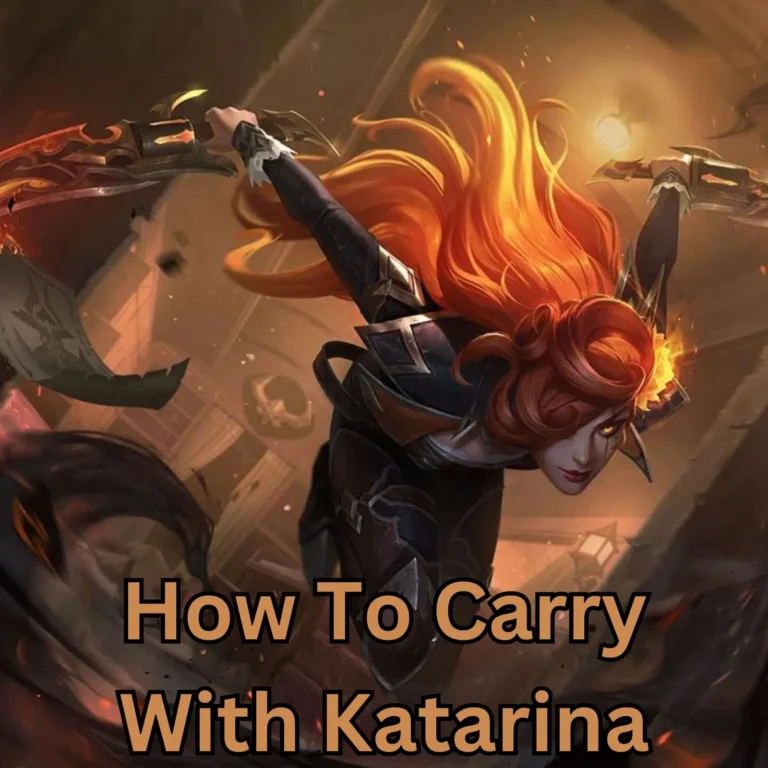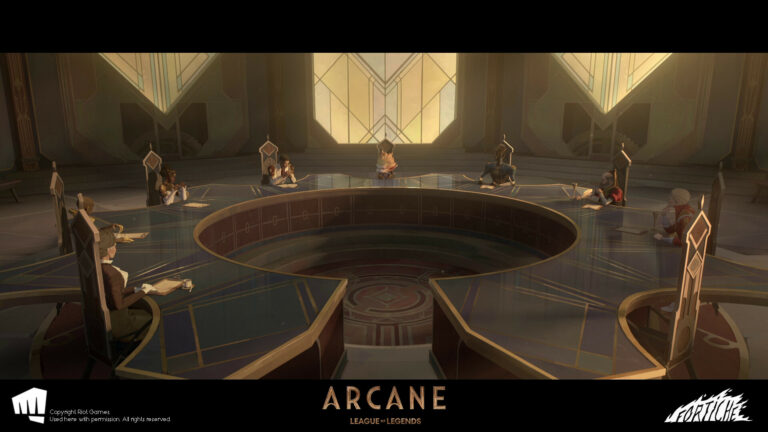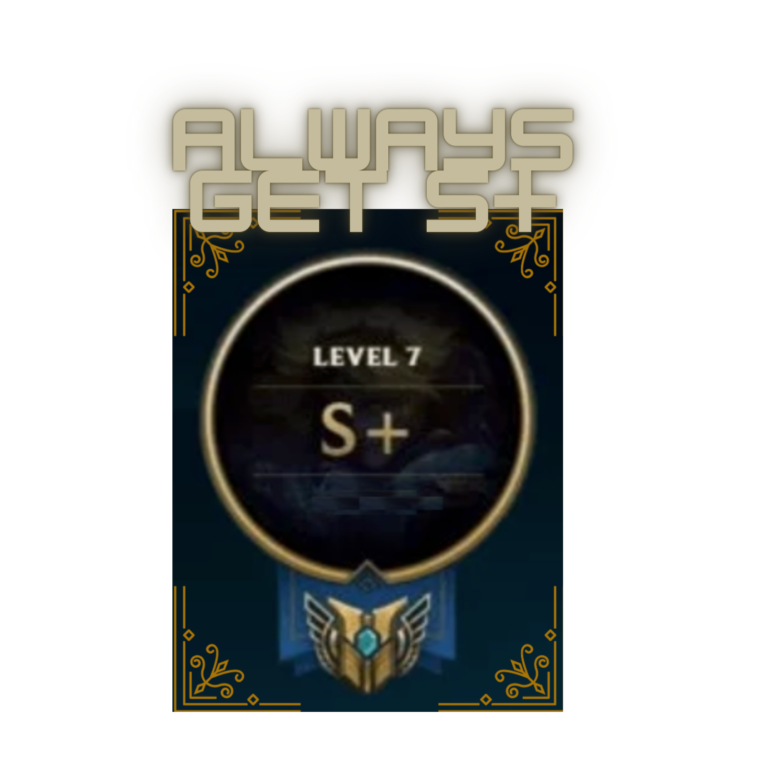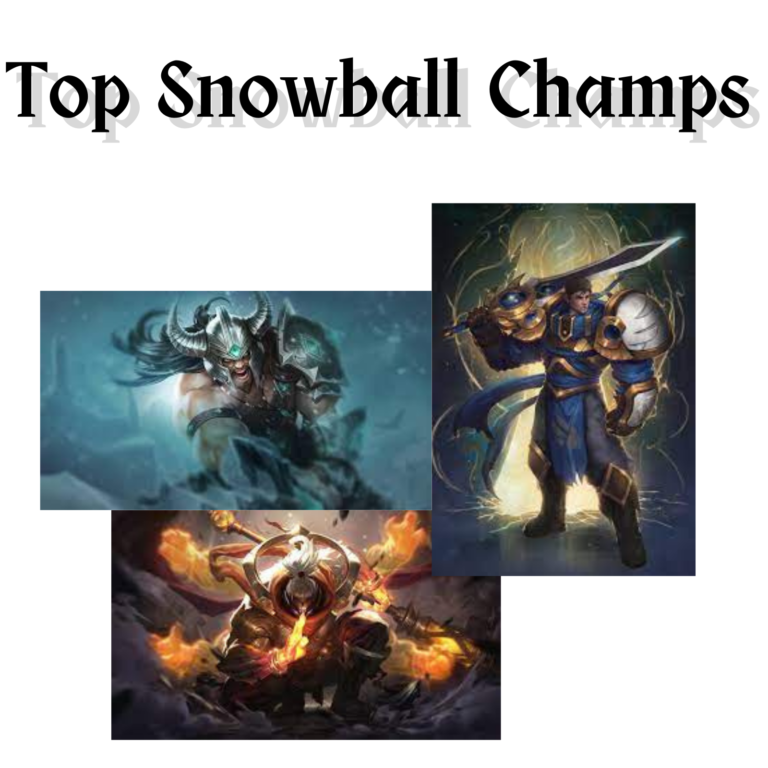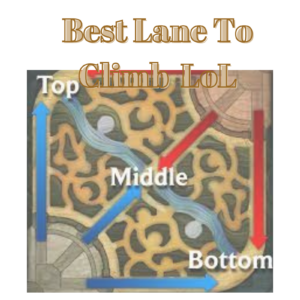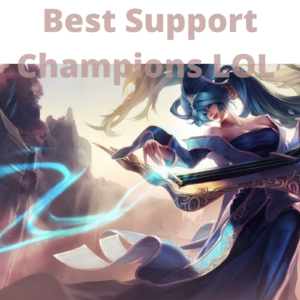Masters of Symmetry
In Arcane, we immediately find ourselves in the world of Runeterra through the dichotomy of Piltover and the Undercity (Zaun). The relationship between these two places couldn’t be more ‘black and white,’ and that’s the setup that makes Arcane such a fantastic story.
In a world where almost everything is meticulously crafted in a binary fashion, the consequences of actions taken don’t necessarily line up with the audience’s expectations in the same way. Yet, we still see patterns that develop in the same binary sense. “Every action has an equal and opposite reaction” is not just Newton’s third law; it’s a statement of results in Arcane.
For every good character, there is one bad; no matter how evil, there is one inversely proportionally good. Piltover and Zaun are polar opposites of each other. Even in every decision made, the results seemingly end the same despite the balance temporarily swinging in one favor. In essence, the forces at play result from interactions made, and while these interactions could favor one force directly, it also favors the equivalent amount in the other way in a more subtle sense that is yet to be discovered by the characters.

Piltover & Zaun
The Guiding Light
You can pick any character or scene from the show and see how this is the template for how the show is designed and for the story to play out. All locations, characters, items, weapons, and technology have their counterparts- except one. Ekko. Ekko is the only character that does not have a genuine counter image and as a result, is the gel that holds everything together. Even to this day with the show having aired almost eight months ago, viewers are still left puzzled when people propose this theory to them. Afterall, Ekko was in the first Act as the “Little Man” and was only really his altruistic self for the final Act of the show. So, how could a character with such an obvious sideline role be the ‘gel that holds everything together?’ To answer that question, let’s consider what purpose Ekko survives in the overarching story.
It’s safe to say that the audience can at least understand how Ekko is the odd one out and likely struggle to see how he fits into the entire narrative (especially when it comes to the Firelights). Well, Ekko is one of the few characters that is there from the start. Despite his disappearance in the second Act (only appearing as a Firelight), you’re not left to believe he’s never coming back. It’s more so a matter of WHEN. Which, truly is a brilliant cliffhanger (considering his obsession with time) to leave the audience with a character they know and love from the game and even to this day is quite the mystery so fans are craving to learn more about him.
It’s not until he rejoins the story in the final Act when Vi reunites with Ekko that we can see that Ekko serves as a marker for what Vi could have become had she not gone to the prison in Arcane, Stillwater Hold for what is believed to be the duration of the time skip between the first and second Act. In their interactions, the audience can begin to piece together what truly happened between the first and second act by how dramatically the dynamics of Ekko and Vi’s relationship changed! In the first Act, we see Ekko clearly adoring Vi and wanting to be tough like her (similar to Powder). Yet, once they meet Ekko talks back to her and is already treating her as an ally, rather than a protector. While this quick display of trust from Ekko may come off as naïve and childish like his younger self, his words show he’s not afraid, and in fact, relieved that Vi hasn’t turned into a Silco grunt like the rest of the Undercity!
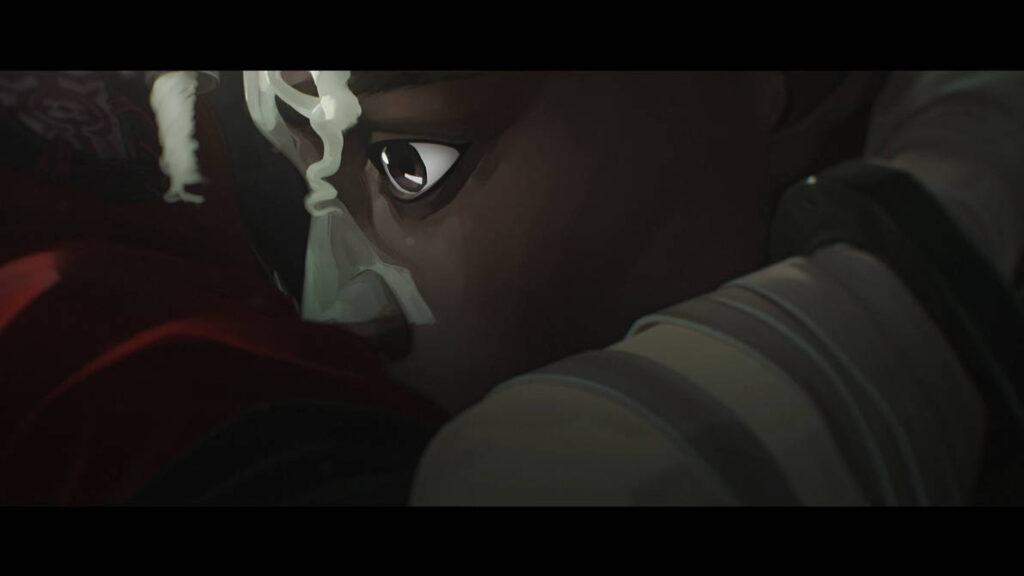
Ekko Relieved with Vi’s Priorities
This scene not only expresses the changes that have occurred with the Undercity between the first two acts by proxy of the change in their relationship, but also emphasize how his exposure puts him somewhere between Vi and Jinx in terms of their moral obligations. The audience is just left to wonder where he (and the rest of the Firelights for that matter) actually lies on that spectrum. And of course, that’s where the rest of the final Act comes into play.
The first episode of the final Act is all about Ekko, and for GOOD reason. His character is the ‘WOW-factor’ that the audience was craving for as soon as they discover his presence in the story and the build up over the first two Acts was well worth what was in store.
The entire show highlights how blended right from wrong can be. However, to keep the audience on track, they kept one stable piece in Ekko. The beauty of Ekko’s character is that this baseline isn’t apparent until his featured episode (episode 7), where Ekko’s identity is confirmed, and we not only get to learn who he has become over the course of these years and how he’s changed compared to Vi, but the end of the episode where he squares off with Jinx, is where the connection comes full-circle. After facing off with Jinx, we can see that Ekko acts as the middle piece to the puzzle of getting these sisters back together.
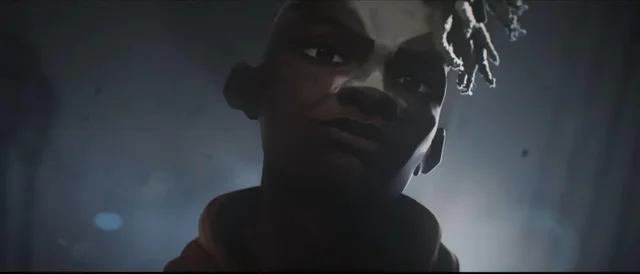
Ekko’s Story Presence is Main Character Material
The Time is Now
Before this episode, we get a culmination of actions and consequences that separate two sisters (Vi and Jinx) from one another because of the influence of Silco. The first two acts show how different these two characters can become from one another. Still, with Ekko’s re-introduction, we finally see the center point to put their separations into perspective on the grand scale.
Ekko is the gel that holds the show together and is the center point between Vi and Jinx, extending to Piltover and Zaun. The show’s writers set this up beautifully in how all these dimensions mirror each other. For example, Piltover is all about progress and ‘fighting for a brighter tomorrow,’ whereas Zaun is about the historical suppression they endured from Piltover and getting revenge. In essence, Piltover’s sole focus is on tomorrow, and Zaun is all about returning to the past (yesterday) and holding others accountable for their past actions.
What Could Have Been
Where does Ekko fit into all of this? Ekko’s entire epitome is the present (today), which he fights for. Time is what brings these relationships into focus. Piltover and Zaun can always be opposites, just like yesterday and tomorrow, but what’s the opposite of today? To top it all off, what’s more evident than Ekko’s unique relationship with time. Before even witnessing his time manipulation, the audience at least learns his name, stemming from the term echo. An echo refers to sound caused by the reflection of sound waves, and that’s what Ekko provides both sides of this series, an opportunity to see what ‘could have been.’
Arcane is so intrinsically tied together into such a neat bow that it almost boggles the mind how subtle, yet, not so subtle, these connections can be. Sting’s contribution to Arcane’s soundtrack with ‘What Could Have Been’ is a direct association to this phenomenon of what Ekko provides the story. Of course, the direct usage of this song in the show refers to Jinx being changed by Silco, but the title line itself, ‘what could have been,’ cuts so deep because we know what could have been. Ekko is what Jinx could have been! Ekko is what both Jinx and Vi could have been.
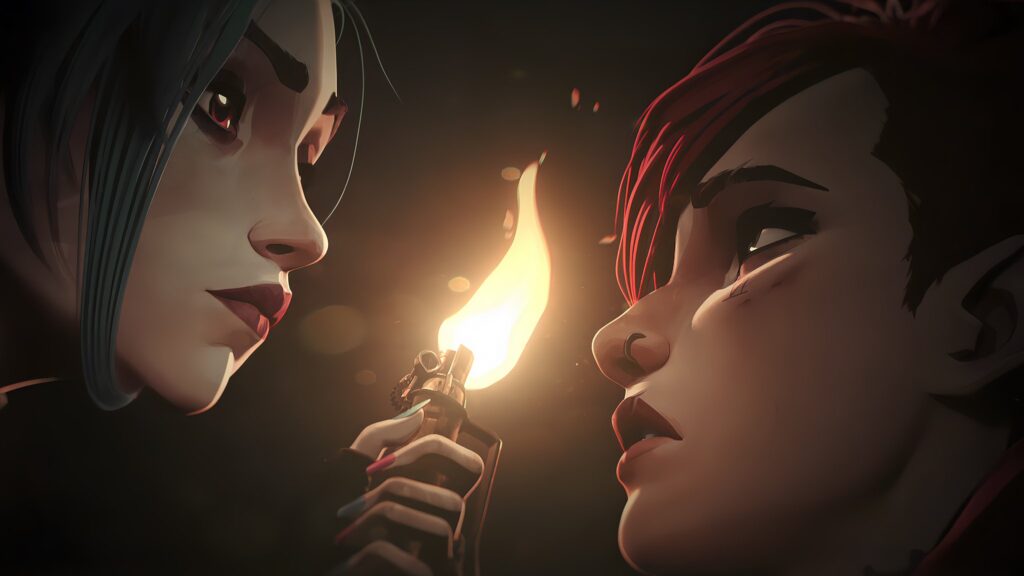
How They Have Changed
When referring to the first act, Ekko and Powder are very similar. They both worship Vi and want to make her proud, so they act recklessly, always biting off just a little more than they can chew. The main difference being Vi knows her responsibility over Powder inherently, whereas she needs to be reminded by Vander of her fault over the rest of the children (Claggor, Mylo, and Ekko). As a result, Powder’s eventual change to Jinx hurts Vi so severely because that was most apparent to her from the start, and if she can’t do that, how could she have hope to lead people she cares less about!
That difference in treatment made the final decision for Powder to try to help them rescue Vander end as tragically as it did. But, more importantly, Powder hadn’t yet experienced what Ekko had to go through when losing Benzo. Ekko losing Benzo was losing his father-figure and what made Ekko stay put. This loss had already broken Ekko. Powder still had something to prove and felt it was her duty to help because she didn’t want to go through what Ekko was going through, which caused her to experience that same loss. If Powder had made the same decision as Ekko that night, the storyline would be different. So the song ‘What Could Have Been’ hits the nail on the head!
The Firelight Philosophy
Not only is this where their paths begin to diverge into what they become, but Ekko’s methodology is congruent with the same philosophy he had that night. His avoidance of the situation was the right choice, and avoidance can sometimes be the right decision. Before this, Powder and Ekko were commonly biting off more than they could chew; this was how Ekko learned that lesson. They had mistaken avoidance as indecisiveness when Vander had been trying to embody that avoidance was a decision and a stance worth taking when it comes to causing another war.
Ekko distills this philosophy to the Firelights as a result. They don’t fight with brute force like that of Piltover’s enforcers, and they don’t fight with stealth and back-stabbing or sabotage like the Undercity. Instead, they are evasive and prioritize defense. Again, they show that Ekko and the Firelights are focused on today. The Firelights can make peace with the past when Ekko shows Vi around their home and explains what brought them all there. The common theme was their desire to live in peace. This can even be proven one step further when you notice how animalistic the Firelights are in their morphology and behavior. They aren’t bothered by the past or the future. They act to do what’s best for them now and will have no problem standing up to Piltover or Zaun if push comes to shove.
The philosophy that drives the Firelights is one that Piltover and Zaun could both find solace in. It’s only a matter of whether the Firelights can lead by example or will only be able to fight long enough to be tainted by the dividing forces on either side.
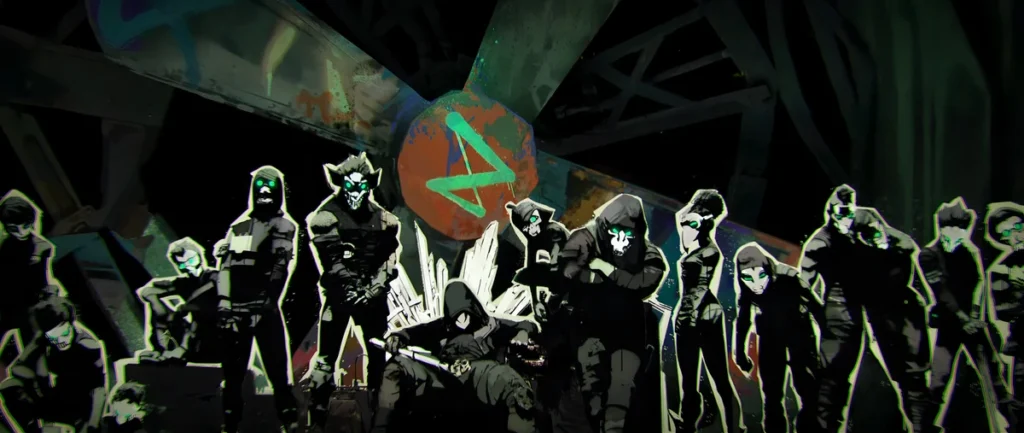
The Firelights
Naturally, all the Firelights have been through something catastrophic that has drawn them to this haven. But, their pasts can still haunt them, and the possibilities of their futures could still entice them to strive for greatness and fail to do good in the meantime. As Ekko puts it when Vi says she should have been there for him, “That’s a good way to drive yourself crazy.” He means it literally! Fixating on the past, and all the things you could have done, won’t change the future. Instead, you should do what you can now!
Ekko admits that he is still haunted by that night, but he doesn’t let it hold him back like others fail to do. It only momentarily reminds him of ‘what could have been’ and validates his philosophy to fight for today. It’s for this exact reason that Ekko freezes when locking eyes with Jinx on their bridge fight. He could still see Powder in her eyes, and it brought him back to the way things were all those years ago.
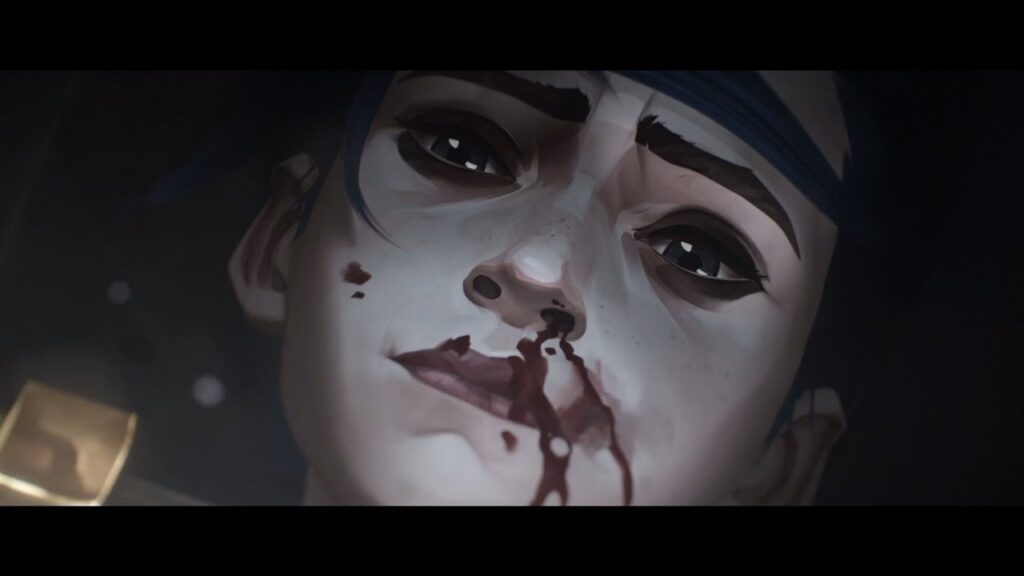
Ekko’s Hesitation When Fighting Jinx
Where To Go From Here?
Ekko and the Firelights will play a significant role in the upcoming Arcane season. Ekko being the centerpiece between Vi and Jinx, it’s easy to see how Ekko will need to be a main force in bringing these two sisters back to one another. Alternatively, Ekko will at least be one of the driving forces for Vi to find Jinx again, but may not be enough to bring back Powder. Who knows really. All that’s clear at least from watching the first season of Arcane is that it clearly foreshadows Ekko’s philosophy of making every moment count and that could be exactly what saves the day in the end.
- “Here’s the thing about time. If you can’t make the most out of any given moment, then you don’t deserve a single extra second.” -Ekko
If you enjoyed this you can find more Arcane articles below:
You can find more about arcane here:





